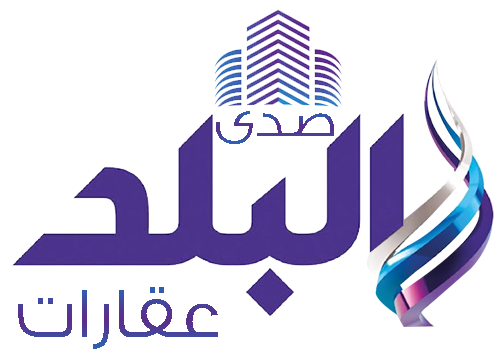Moscow hosted the BRICS+ Fashion Summit, an international platform dedicated to promoting dialogue and the exchange of experiences between leading figures in the fashion industry from BRICS and BRICS+ countries, according to TV BRICS.
The event, which is part of Moscow Fashion Week, featured a variety of activities, including plenary discussions, round tables, lectures and intensive fashion courses. The summit is organised by the Cultural Fund for the Development of Fashion and Design, the "Fashion Fund", with support of the Moscow Government.
During the three-day event, topics such as the use of clean technologies for sustainable practices, avenues for cooperation between BRICS designers and the influence of fashion trends on the international agenda were discussed. A significant part of the conversations addressed sustainable fashion and projects that are being developed to mitigate the effects of climate change.
In an exclusive commentary to TV BRICS, Brazilian researcher and designer Luciana Duarte explained how new technologies can be incorporated into fashion to reduce environmental impact and increase the sustainability of garments.
"We have been developing materials that absorb carbon dioxide and perform a type of photosynthesis, releasing oxygen into the world. [...] Today, it is mandatory that some fabrics, most fabrics, be related to the circular economy, that is, they [the fabrics] must be made from recycled materials," she said.
Luciana also encouraged BRICS and BRICS+ designers to take a more active role in cooperation, taking advantage of opportunities such as scholarships, fashion biennials, supplier fairs, and internships at large companies.
African fashion was also highlighted at the summit, with special attention given to artisanal techniques, local fabrics and traditional methods that inspire new collections and are gaining recognition in global trends. Ivorian designer Aristide Loua uses traditional methods in his creations and commented to TV BRICS:
"Essentially, countries such as India, Brazil, China, South Africa and, in general, the Global South [...] have what I call cultural assets. This means that we have different fabric production techniques. We have cultures that are very fascinating in fashion design and jewellery making," he said.
According to him, the event acts as a strategic space for establishing international partnerships and learning from the innovations of other countries.
"The BRICS+ Fashion Summit is a platform where designers from around the world can come together, collaborate, network and find solutions to bridge the gap in terms of production and compete with the world's major brands," he added.
Paulo Borges, creator and founder of Sao Paulo Fashion Week, highlighted the role of Brazilian fashion diversity as an instrument of cultural rapprochement and innovation within BRICS.
"I hope that this BRICS+ Fashion Summit meeting, here at Moscow Fashion Week, can be the beginning of a change in creation, thinking and rapprochement between countries. [...] Brazilian fashion, in addition to being very diverse due to its intangible wealth, brings a Brazilian component: happiness. [...] And I think this exchange with Russia and the BRICS countries is very important for reinventing the new creative geopolitics," he shared.












